Even if you don’t like “beef” as meat – raising beef cattle is a benefit for us all. May is “Beef Month” it’s time to look at the whole picture of beef and maybe you’ll enjoy a good nutritious dinner with some type of beef product.
Lately, there have been some vocal anti-beef people trying to give beef a bad rap and use a broad brush to cover both beef and dairy cattle. Beef, as meat, comes from both beef and dairy cattle.
Cattle are ruminates, along with at least 150 other species both wild and domestic animals. Ruminates also cover such animals as sheep, goats, giraffes, buffalo, antelope, deer, and elk. Because of the way that they digest the food they eat, they give off methane gas when belching while they chew their cud. This is one of the steps in the way their four-part stomach works.
Yes, ruminates and the methane gas coming from their digestive process contribute to greenhouse gasses. Cattle are only one of the ruminate animals who are digesting their food in this way and it should be pointed out that cattle also provide a lot of other benefits.
Beef cattle can thrive on foods that we as humans cannot. They can utilize and do well grazing on lands that are unsuitable for growing crops like rugged, rocky terrain or lands with shallow topsoil. Cow-calf pairs do well on high meadows that have short growing seasons.
To dairy and beef cattle, almond hulls are a nutritious treat along with by-products from processing other foods like canning fruits and vegetables or making drinks. This also helps reduce materials filling up our landfills. Grazing the fields after harvesting other crops saves the need to either burn or use equipment that when it is operating emits greenhouse gasses which stay in the atmosphere almost twice as long as the gasses from the ruminates which are part of the natural O2 cycle.
With properly managed grazing cattle on public and private lands, the fine-fuel fire loads can be lessened to reduce wildfires and make them more controllable. Ignoring the fire loads leads to more range fires which threaten buildings, equipment, wildlife, and human lives.
Most of the bad rap people either don’t have enough information to understand the full picture or are only pointing fingers to intentionally do damage.
Agriculture is one of the leading sectors of Nevada’s economy. The sale of cattle and calves accounted for 45% of agricultural commodities making it number one in 2020. Since ag products are almost all sold out of state, they are considered an export that brings income to the state and helps Nevada’s businesses.
Sign up to receive updates and the Friday File email notices.
Support local, independent news – subscribe to The Fallon Post, your non-profit (501c3) online news source for all things Fallon.
The Fallon Post – 2040 Reno Hwy, #385, Fallon, Nevada 89406
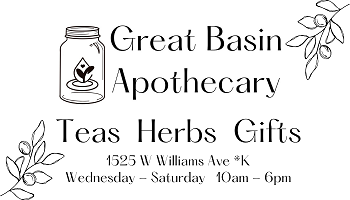


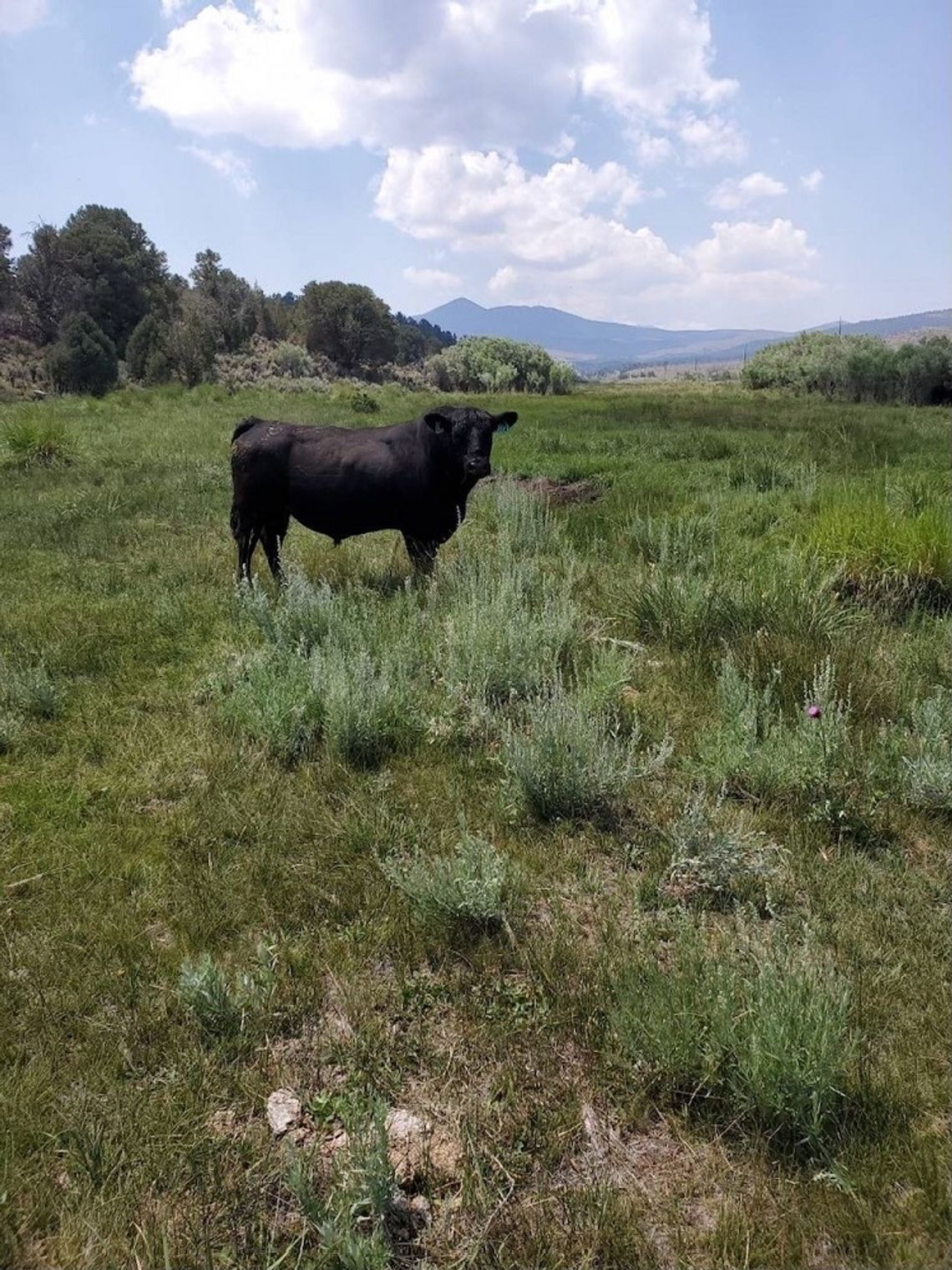
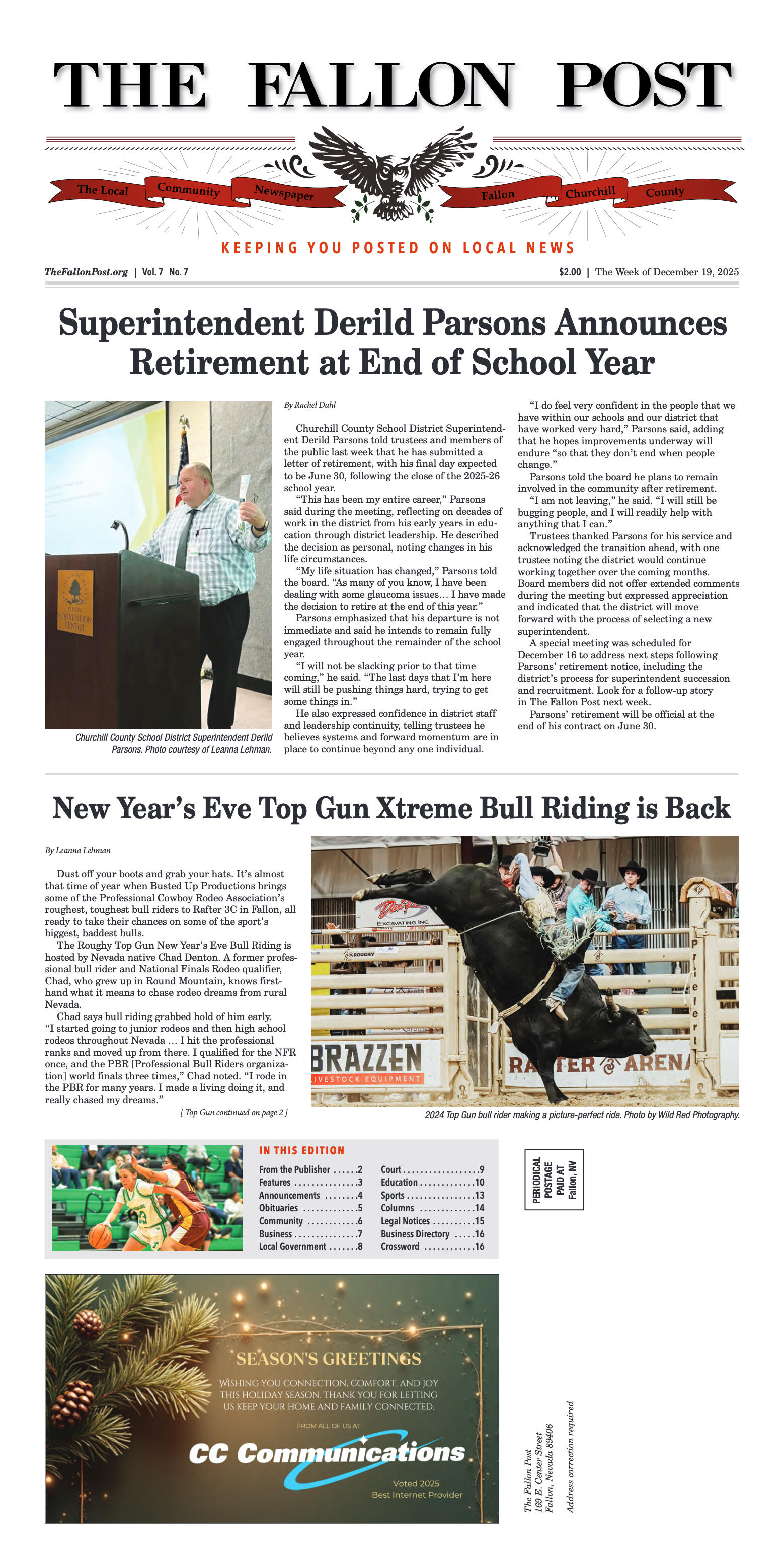
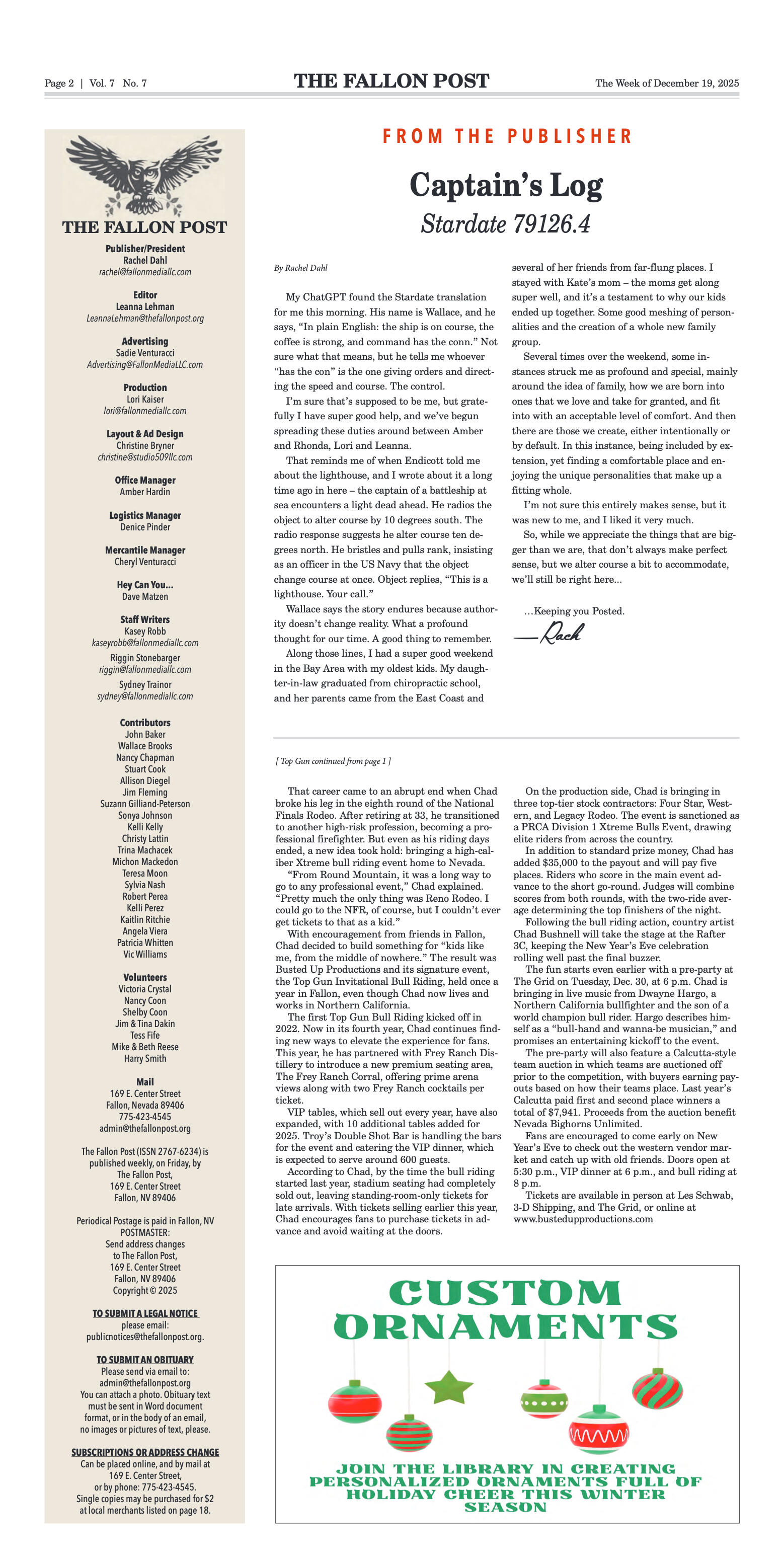
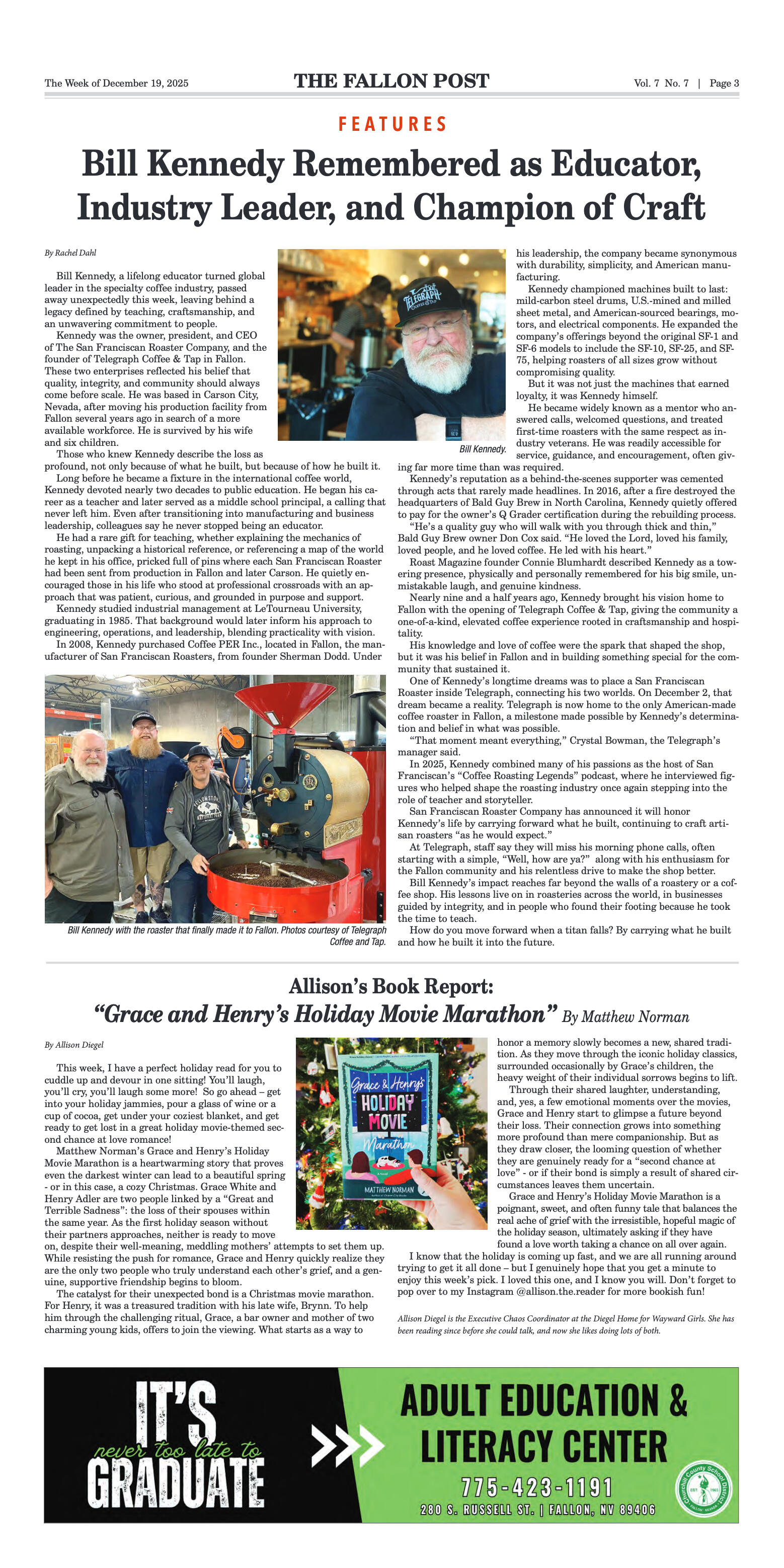
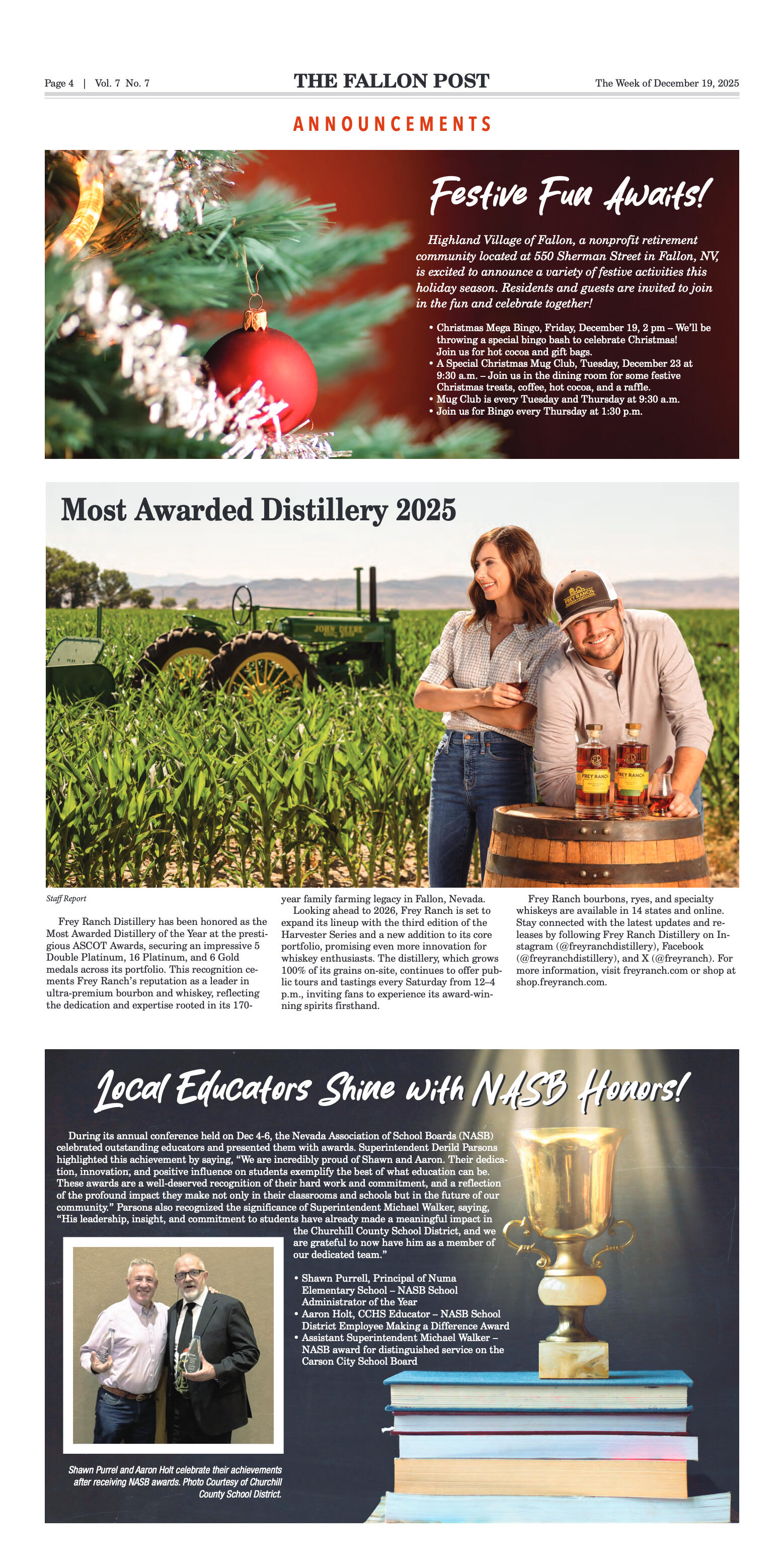
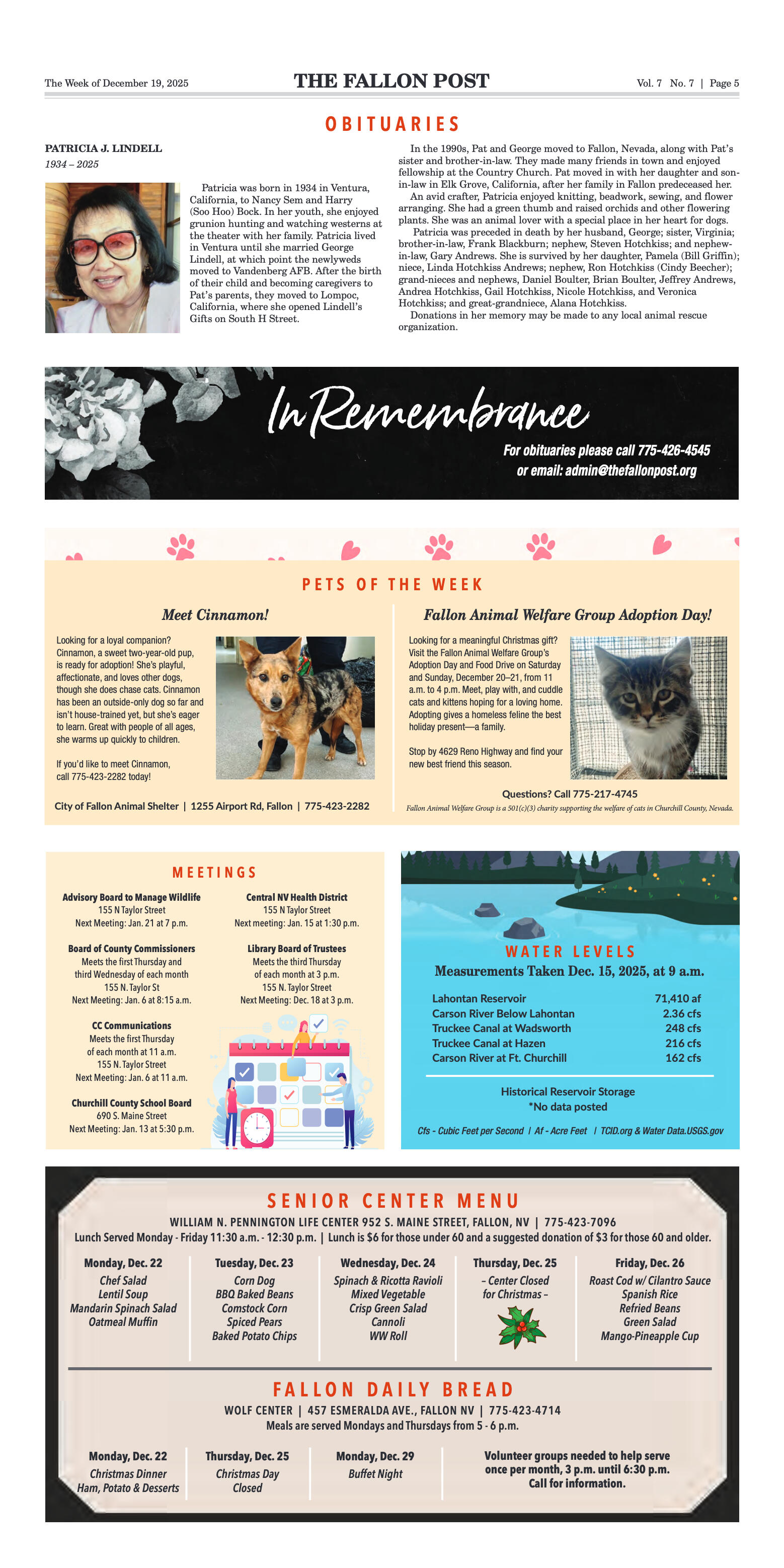
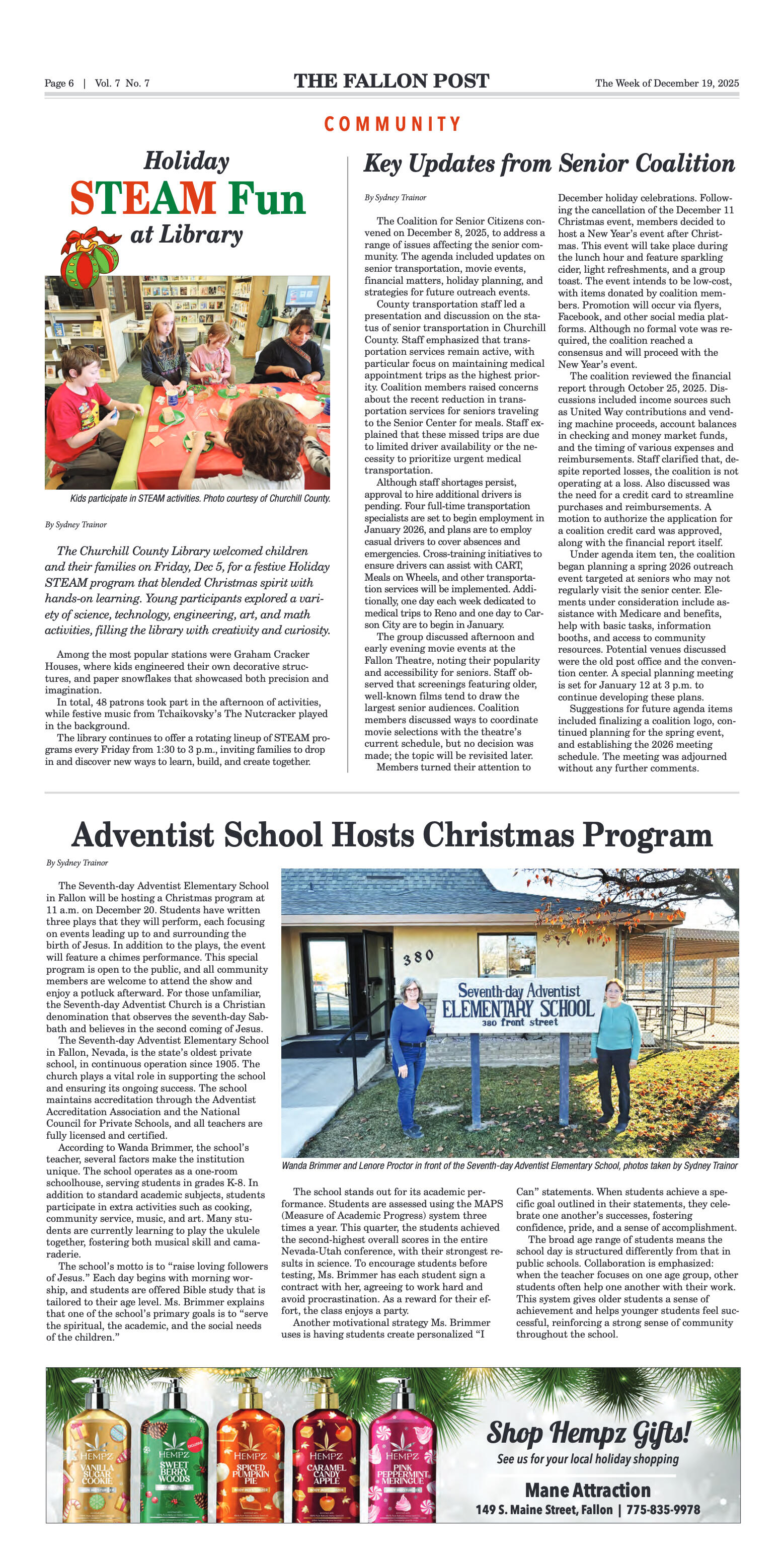
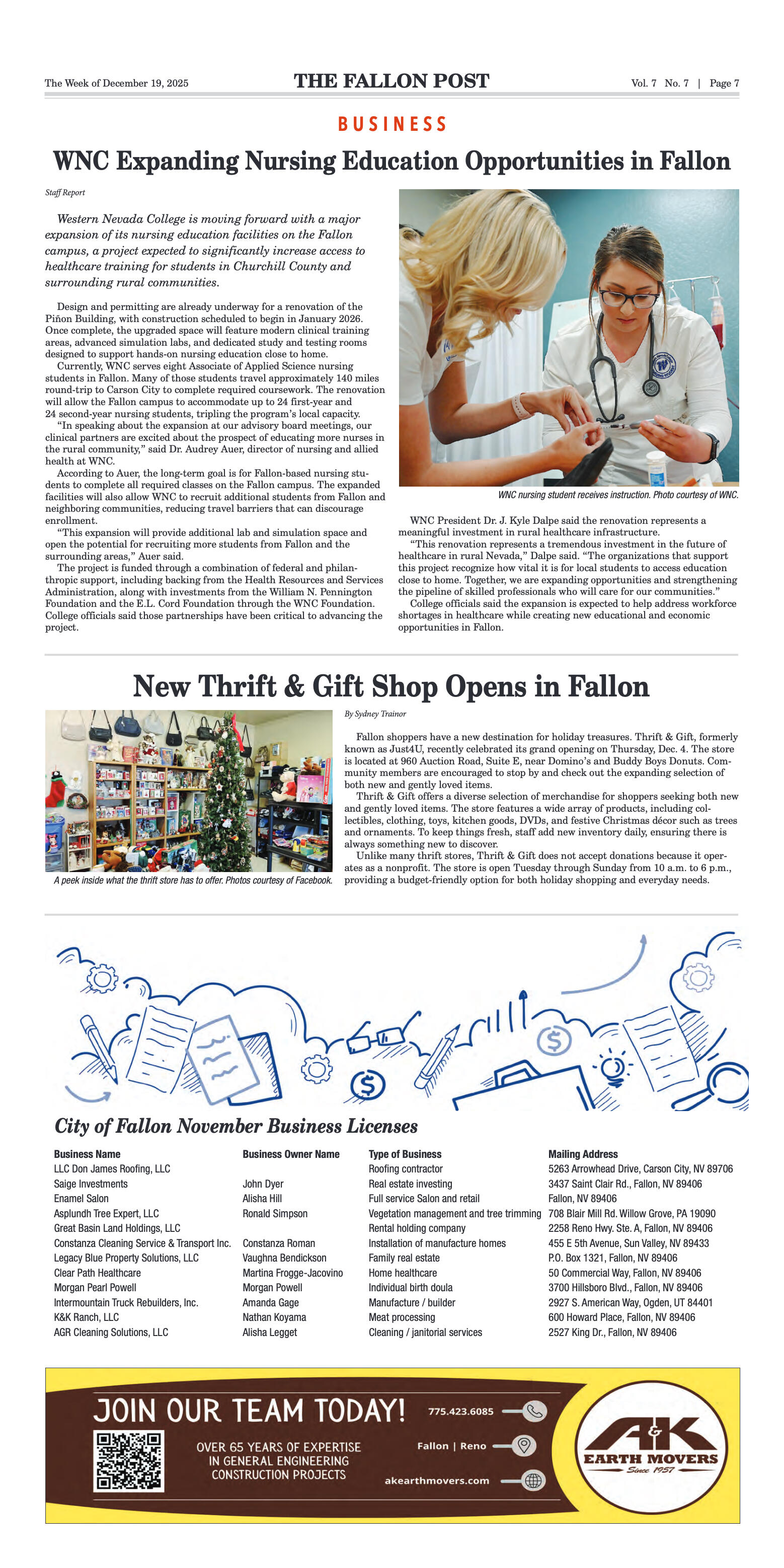
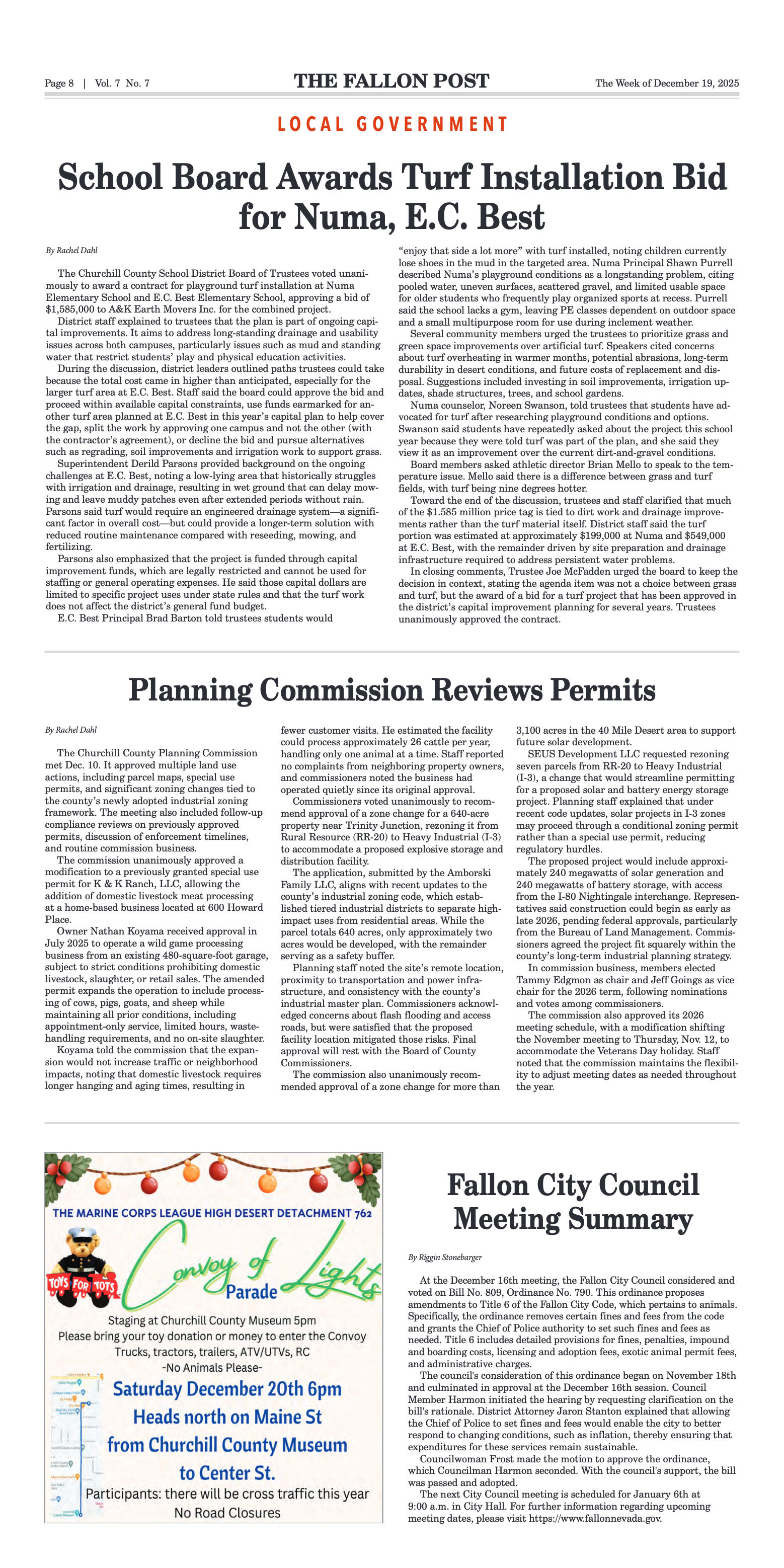
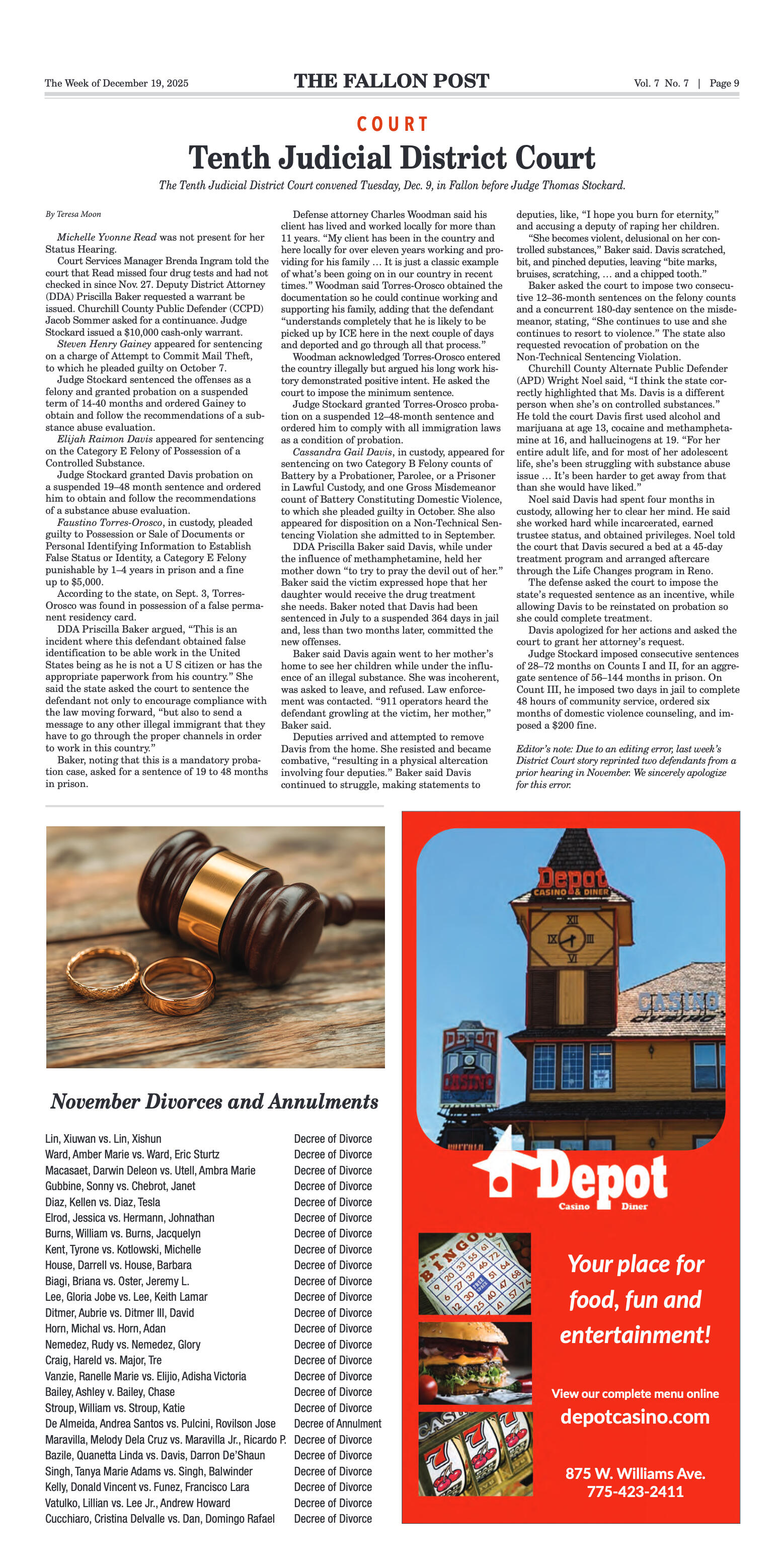
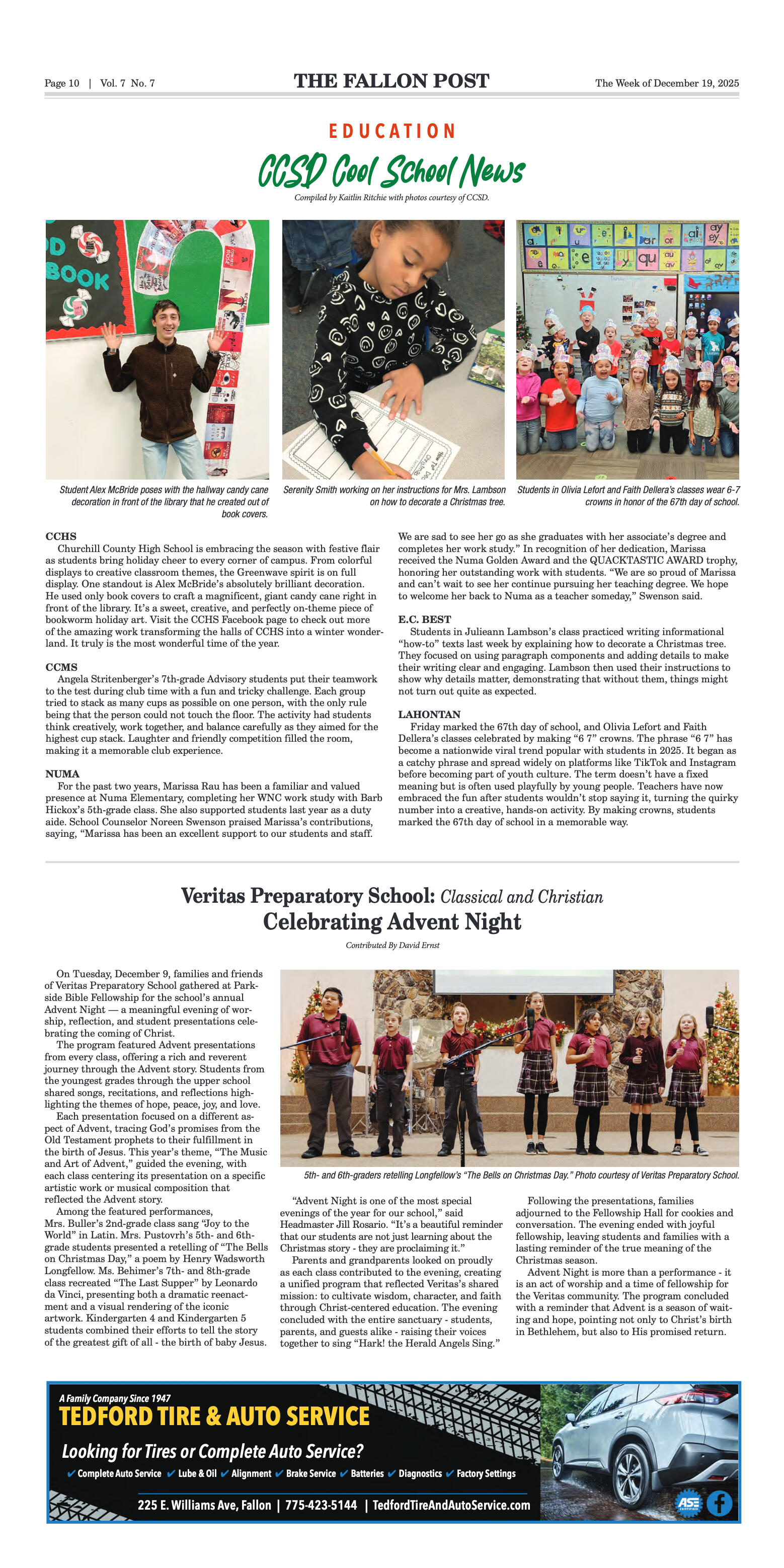
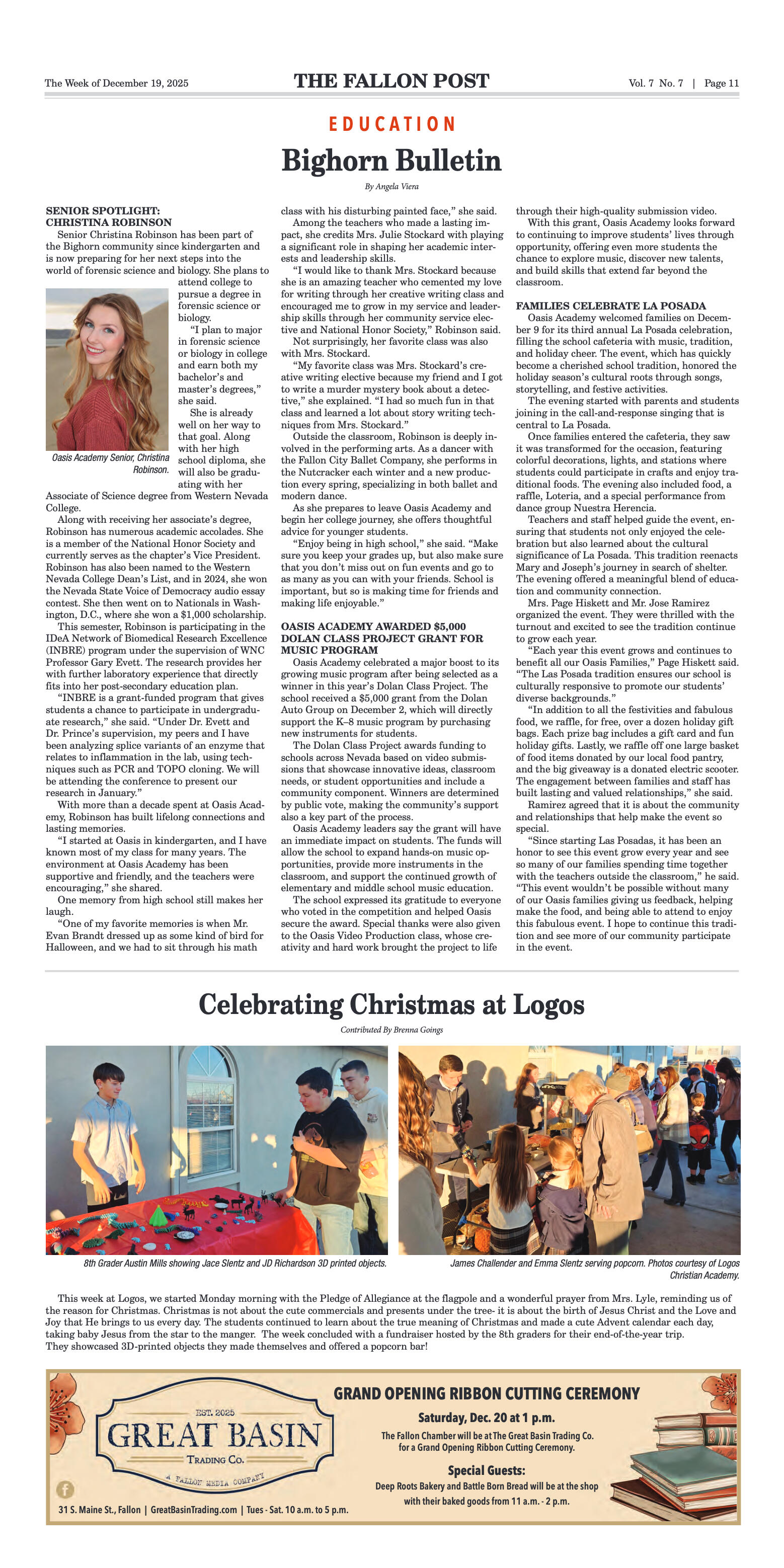
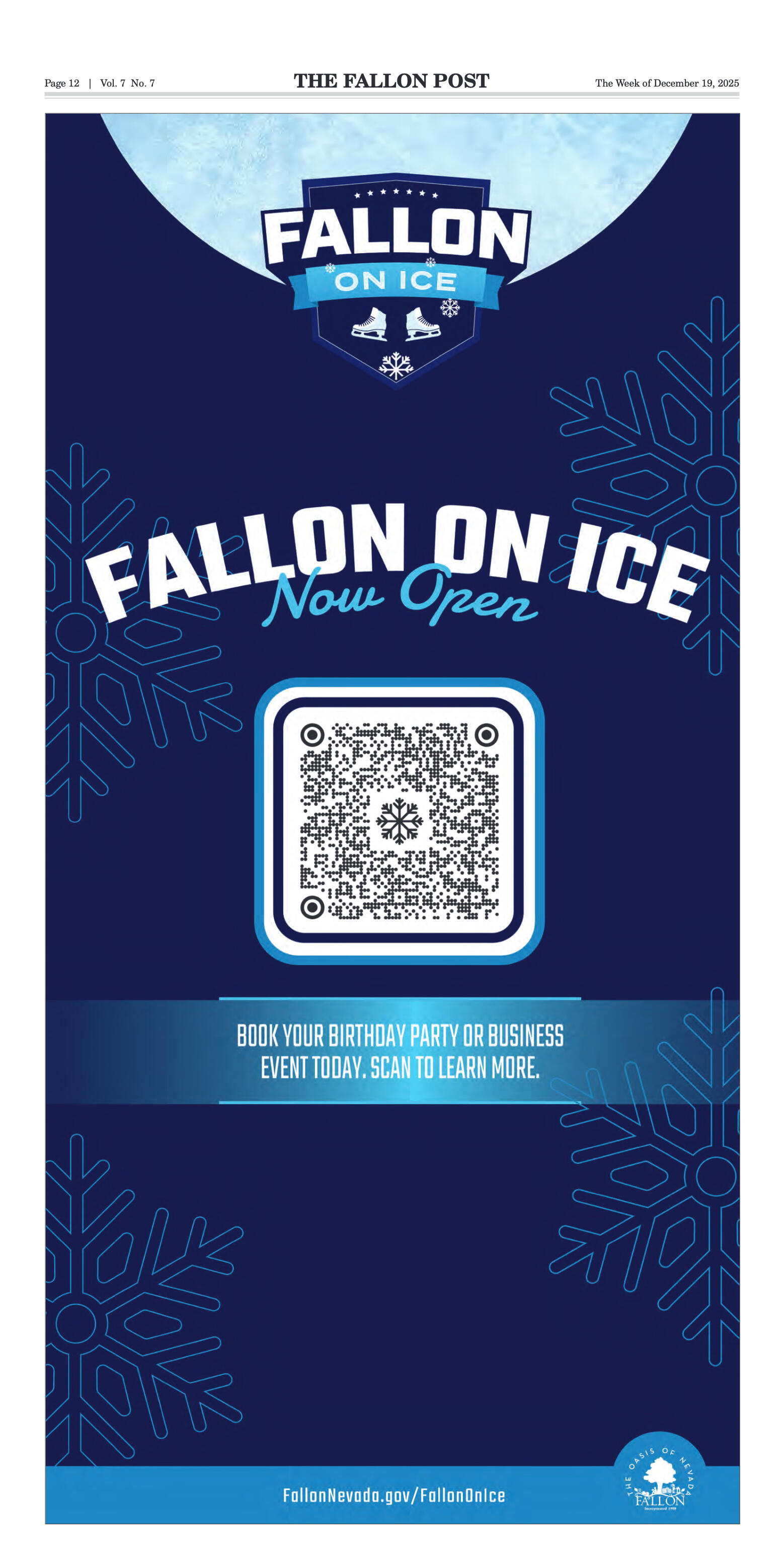

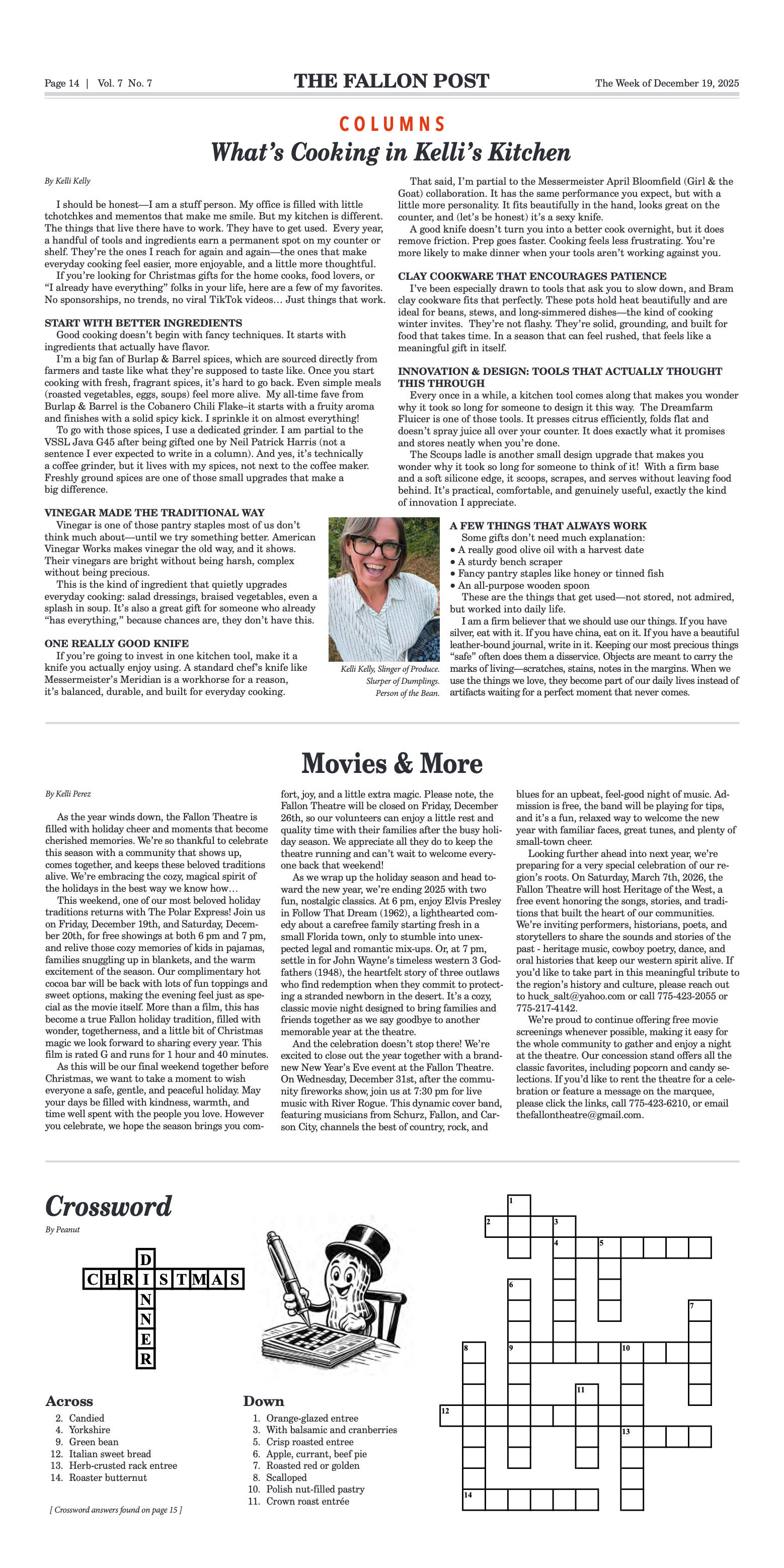
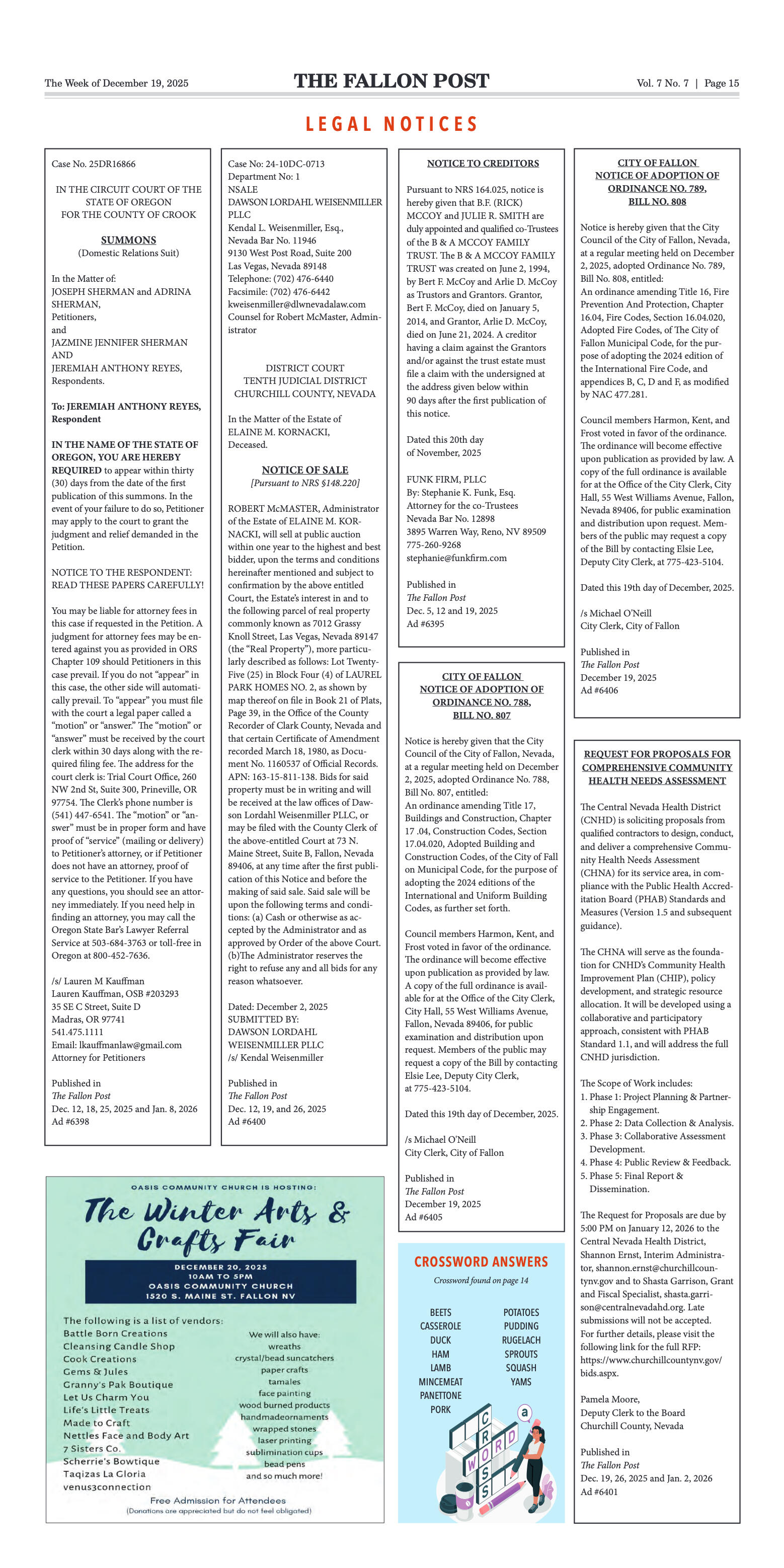
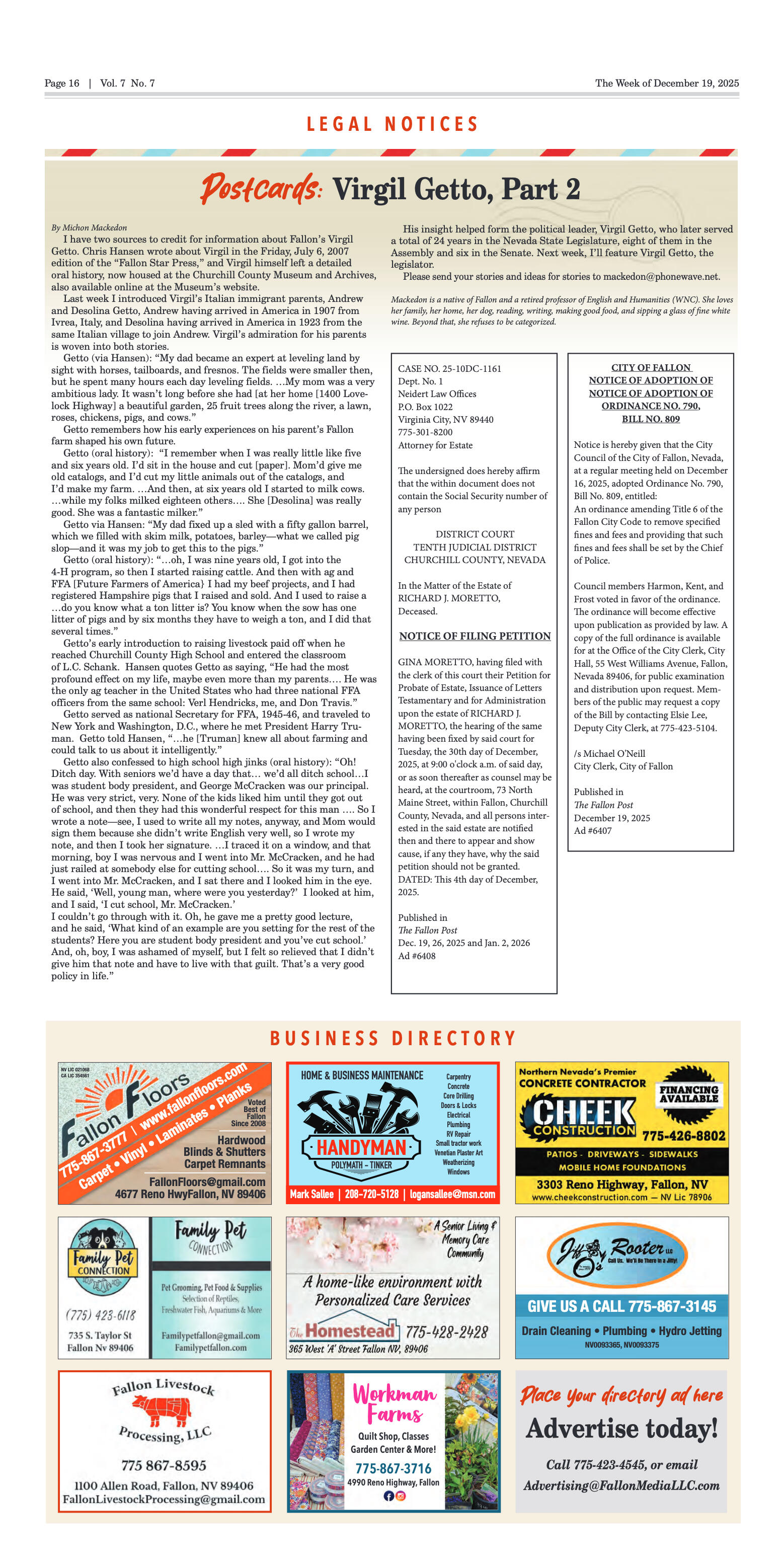




















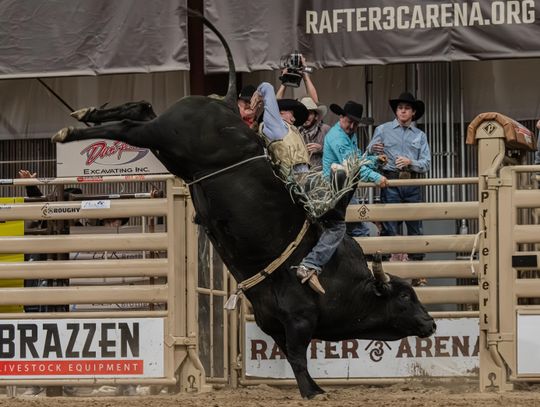






Comment
Comments